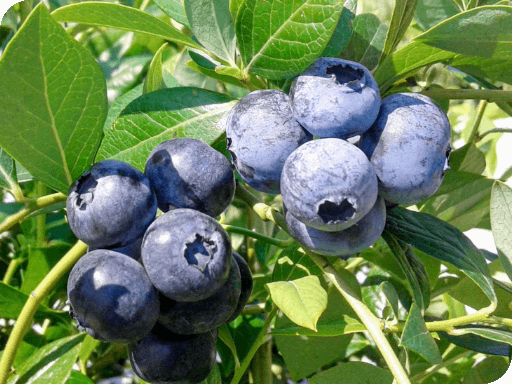“Previously, we needed up to 50.000 m3 of water per hectare per year. Now that we grow in containers, we have reduced this to 1.500 m3 per year. The quality of the fruits has improved, and grows at a higher density. The plants have better roots, no stress, and they are healthier.” It is one positive story that Nelson Antunes with Berry Smart is sharing on growing blueberries on Coco Pith.
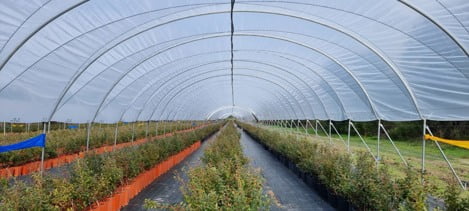
Berry Smart nowadays supplies buyers all over Europe with blueberries from their 8-hectare blueberry nursery, but this hasn’t always been the situation. Their story of growing blueberries started in 2004 with only 4 hectares. “In 2012, we planted 65 hectares, all in soil. Our products go to Holland, Belgium, Germany, Switzerland – all over Europe”, says Nelson. This means the quality of the fruits and the shelf life have to be good, which is one of the reasons why Nelson is always on the lookout to improve his cultivation. “When researching growing in containers over soil, we saw it was more expensive upfront and that we had to use the right varieties. This both turned out to be true: the costs in the beginning are higher, but it repays very fast.”
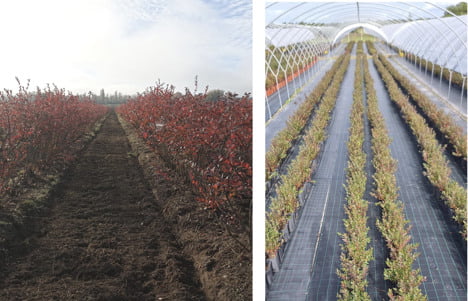
Reducing the water used in the cultivation is the most direct improvement, HortiDaily notes. “We do not have much water here, so we have to protect the water sources available and use as little water as possible. Growing in containers is a big step in doing so: our water usage has reduced drastically. Also, we have much fewer weeds, and we can grow on a higher density, resulting in a higher production from the same acreage.”
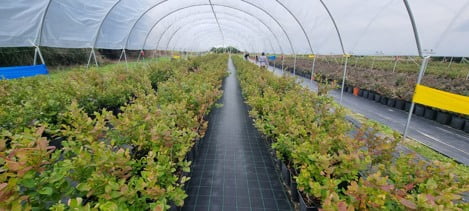
Prior to switching to 100% coco pith, the team tried growing on peat. Switching to coir enables them to save even more water, as there’s lower leakage from the containers thanks to the coco coir water-holding capacity. “And it’s much cleaner, as there’s no mud at the bottom of the containers. The roots are in much healthier conditions.”
f there’s one thing Nelson has learned, it’s that quality matters. After trialing several companies, the team has been working with Dutch Plantin for many years now. “When we buy 5 kg from Dutch Plantin, it gives us between 55 and 60 liters, whereas we only had 40 to 45 liters when buying from other suppliers. This is a huge difference, especially since the price of the products doesn’t matter much. In the end, this product is much cheaper since the other suppliers brought me 20 to 25% less volume.”
Growing up in Portugal, the team this year dealt with high temperatures, resulting in high insect pressure. “Controlling the pests is a challenge, especially since we grow on a high density. Even today, the temperatures remain high: it’s currently 31 degrees here”, Nelson says. “Fortunately, diseases can be treated better when growing in containers.”
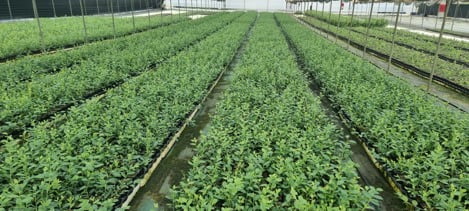
The weather circumstances provide different challenges as well, as Portugal can be very windy. “That’s the only downside of growing in containers: the plants can fall over more easily compared to growing in the soil. But the benefits outweigh this easily: thanks to the improved growing circumstances, the size of the fruits grown in containers is bigger than those in soil.”
The use of the site materials is free if there is a direct and open for search engines hyperlink to a specific publication of the East-Fruit.com website.




